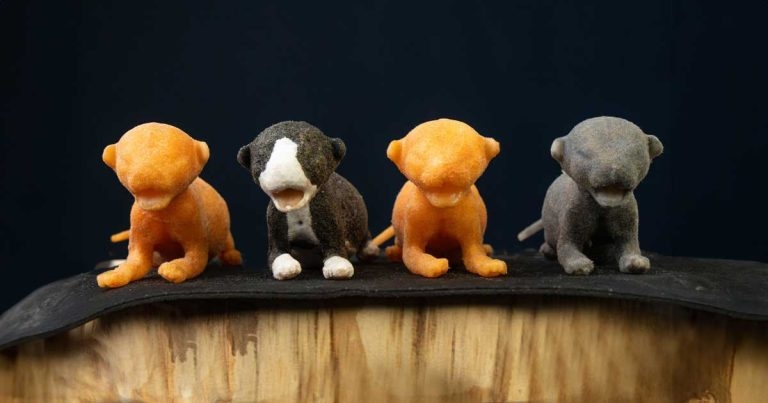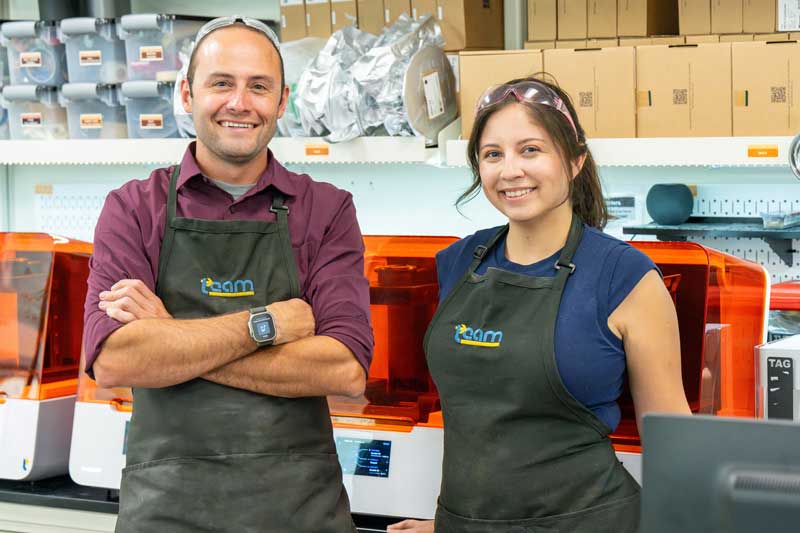10 Oct 2024
Initiative at the University of California, Davis could transform tube feeding techniques, its pioneers hope.

A pioneering initiative at the University of California, Davis (UC Davis) hopes to transform the training of tube feeding techniques for neonatal kittens.
Led by Karen Vernau and individuals from the Translating Engineering Advances to Medicine (TEAM) Lab at the university, the project has resulted in lifelike, 3D-printed kitten models being designed to improve hands-on training for veterinary students and caregivers.
Prof Vernau – a clinical professor and faculty advisor for the Orphan Kitten Project – emphasised the urgency of teaching this technique properly.
Prof Vernau said: “If someone does it improperly, it can lead to injury or – in extreme cases – death for the kitten.
“Underage and neonatal kittens have really not been a huge part of veterinary medicine. They’re the ones who are euthanised because they need such specialised, around-the-clock care. I think the care of underage kittens is becoming more and more important with our shelter and rescue groups, and with our students interested in shelter and rescue as well.”
Prof Vernau approached the TEAM Lab to create a safe and tactile model. Steven Lucero, the lab’s director, highlighted the importance of understanding the tube feeding process to ensure the model’s functionality. The team produced a silicone model that includes a trachea and oesophagus, designed to provide immediate feedback if a tube is inserted incorrectly, with a unique Y-shaped fork mechanism that prompts users to correct their technique.
It has an embedded 3D-printed ribcage, which serves as a crucial anatomical landmark to help users gauge the correct length of the feeding tube.

The models will be unveiled at 2024 Feline Symposium on 2 November at UC Davis.